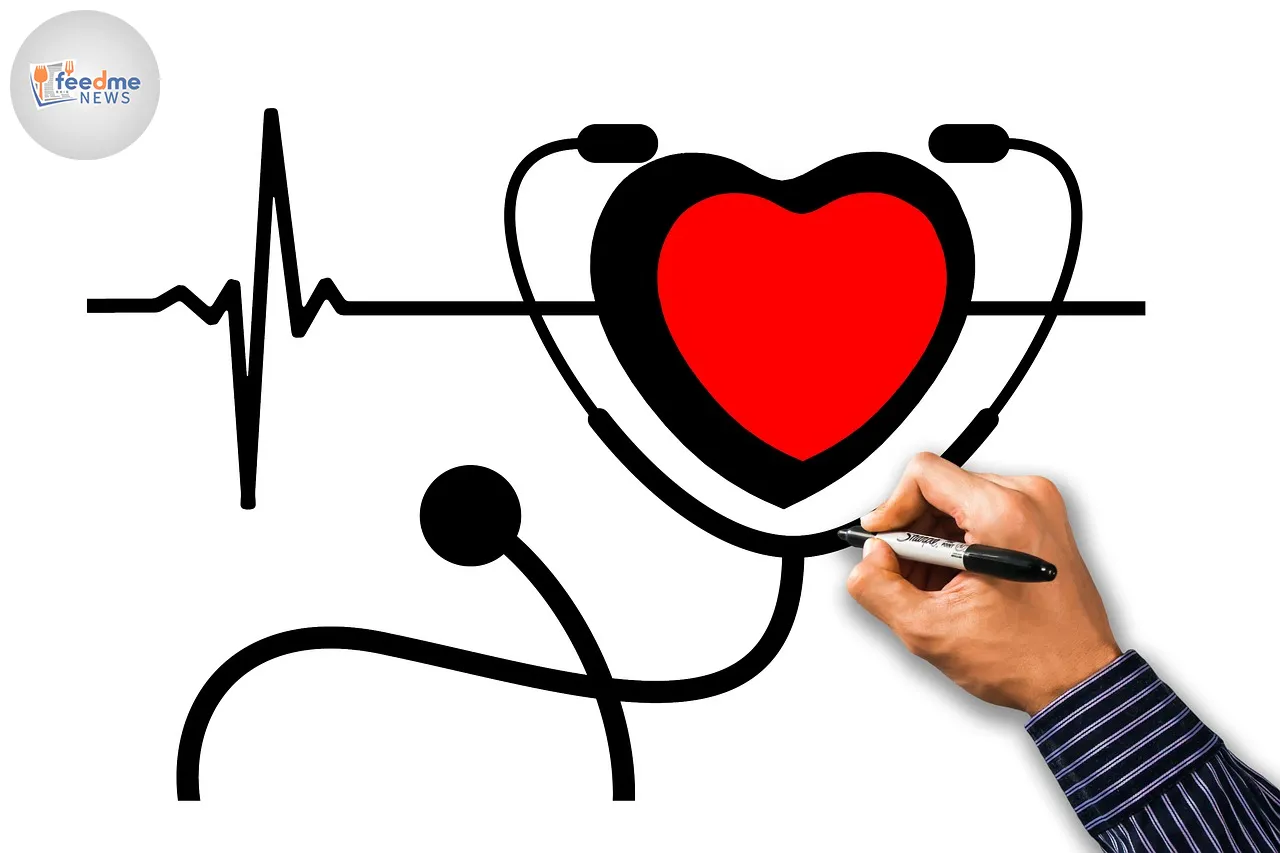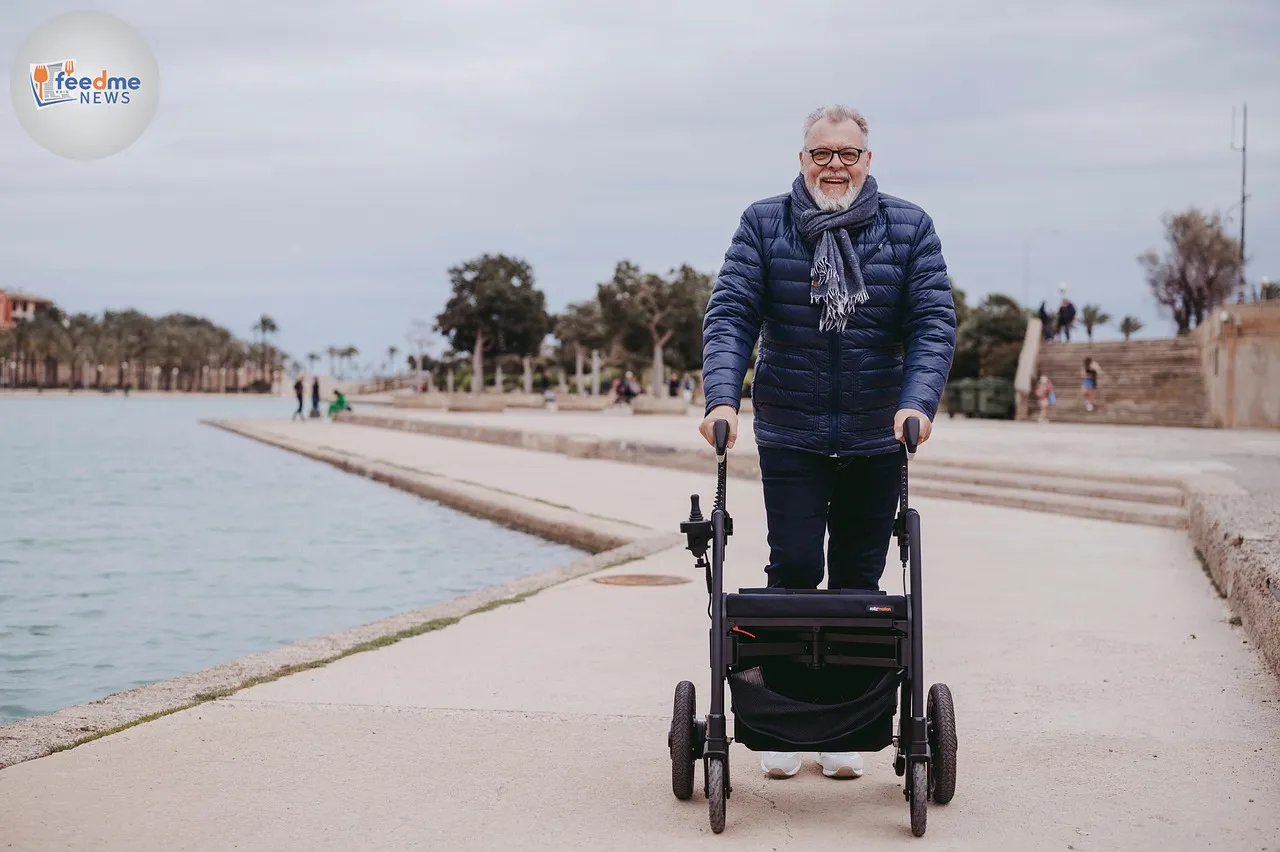Researchers in Germany say swift changes in heart rate could help identify, within a short window, which patients with major depression will benefit from magnetic brain stimulation. Led by Dr Roberto Goya-Maldonado at the University Medical Center Göttingen, the team reports a rapid physiological marker that appears to forecast treatment response. The approach, if confirmed by further studies, could support more tailored care, reduce time spent on ineffective therapy, and improve outcomes for people living with major depressive disorder. The findings were highlighted on 14 October 2025 by MedicalXpress, which summarised the work as a step towards fast, objective decision-making in a field that often relies on weeks of observation.
The study centres on magnetic brain stimulation, commonly delivered as transcranial magnetic stimulation (TMS), and on heart rate dynamics as a window into the brain–body link. By focusing on a marker that clinicians can measure easily, the research points to a practical way to guide treatment in real-world clinics.
Context and timing
The research comes from the University Medical Center Göttingen in Germany, under the leadership of Dr Goya-Maldonado. MedicalXpress reported the findings on 14 October 2025. The team focused on patients with major depression receiving magnetic brain stimulation, and identified a rapid heart rate signal associated with later clinical improvement.

Heart rate as a window into treatment response
Heart rate and its beat-to-beat variation reflect the balance of the autonomic nervous system, which influences how the body reacts to stress and regulates mood-related processes. Clinicians can measure these signals with standard monitors. Previous research has linked heart rate variability to emotional regulation and resilience, and researchers often explore it as a non-invasive biomarker in mental health. The Göttingen team’s work adds to this line of inquiry by linking early heart rate changes to the likelihood of improvement with magnetic brain stimulation.
A rapid, objective signal matters in depression care. Many patients face a trial-and-error journey, with weeks of treatment before clinicians can judge benefit. An early marker, observable during the treatment course, could help clinicians decide whether to continue, adjust, or switch strategy. The team’s focus on a simple physiological measure offers a practical route to earlier answers without complex or costly tests.
From trial-and-error to targeted care
TMS has become an established option for people with major depression who do not respond to medication or who prefer a non-pharmacological approach. Yet response varies widely. Some patients improve within weeks, while others see limited change. Without a clear predictor, clinicians often must wait several sessions—or an entire treatment block—to assess gains. That delay can be hard on patients and services alike.
A rapid heart rate marker could support a more targeted pathway. If early changes in heart rate indicate likely benefit, clinicians can continue with confidence and avoid unnecessary alterations. If the marker suggests a low chance of response, teams could switch sooner to a different TMS protocol, combine approaches, or consider alternative therapies. This shift towards “right treatment, right patient, right time” aligns with the broader goal of precision psychiatry.
What magnetic brain stimulation does in major depression
Magnetic brain stimulation, typically delivered as TMS, uses magnetic pulses to influence neuronal activity in targeted brain regions involved in mood regulation. Health authorities in several countries have authorised its use for depression, and UK guidance supports its availability in specialist services. Treatment usually involves frequent outpatient sessions over several weeks, with most patients able to return to normal activities immediately after each session.
Despite its practical advantages and safety profile, clinicians still lack reliable, rapid predictors of who will benefit most. Clinical history, symptom patterns, and imaging-based measures can offer clues, but they often require time or specialised resources. A heart rate marker, measured with basic equipment and interpretable in near-real time, would be easier to integrate into routine practice.
Why a ‘rapid physiological marker’ could shift practice
Speed is the point. In standard care, response to TMS is often judged after multiple sessions, using symptom scales and clinical interviews. A marker that emerges early gives a head start. It could inform decisions within the first phase of treatment, saving patients weeks of uncertainty. It could also help researchers refine protocols by linking specific stimulation patterns to physiological responses and long-term outcomes.
Because heart rate monitoring is simple and non-invasive, adding it to TMS sessions would not require major infrastructure. Many clinics already record vital signs. A validated marker would turn those readings into decision tools. That change could make services more efficient, freeing capacity for those most likely to benefit and directing others to alternative care more quickly.
Caution, replication, and the road to clinical adoption
While the Göttingen team presents a promising signal, scientists will want to test how well the marker generalises across different clinics, devices, and patient groups. Variables such as medication use, co-existing anxiety, cardiovascular fitness, and different TMS protocols can influence heart rate dynamics. Robust validation studies need to show that the marker holds up under those conditions and adds value beyond standard clinical assessment.
Transparency about methods and thresholds will also matter. Clinicians need to know how to measure the signal, what change counts as meaningful, and how to act on it. Researchers will aim to define decision rules that balance sensitivity and specificity, so teams can avoid false reassurances or unnecessary treatment switches. Independent replication and peer-reviewed publication will be key steps on the path to wide adoption.
Implications for patients and services in the UK and beyond
For patients, faster feedback means fewer weeks spent waiting to see if a therapy will work. That can ease distress and improve engagement. For services, early prediction can reduce wasted appointments and support better resource planning. In systems where demand for mental health care outstrips capacity, even modest gains in efficiency can increase access.
In the UK, specialist centres already offer TMS for selected patients with major depression. A validated heart rate marker could fit into those pathways with minimal disruption. It may also support shared decision-making, giving patients and clinicians clearer expectations early in the process. Internationally, the approach could help standardise assessment across diverse settings, provided teams align on measurement protocols.
Wrap-up
The Göttingen team’s findings highlight a practical idea: use the body’s immediate response—captured through heart rate changes—to forecast who will benefit from magnetic brain stimulation for major depression. The appeal lies in speed, simplicity, and clinical fit. A rapid physiological marker could help clinicians act sooner, personalise care, and direct limited resources where they are most likely to help. The next steps involve rigorous validation across different settings, careful definition of thresholds, and integration with established clinical judgement. If those steps confirm the promise shown, heart rate monitoring could become a routine part of TMS, turning a familiar vital sign into a tool for precision mental health care.





